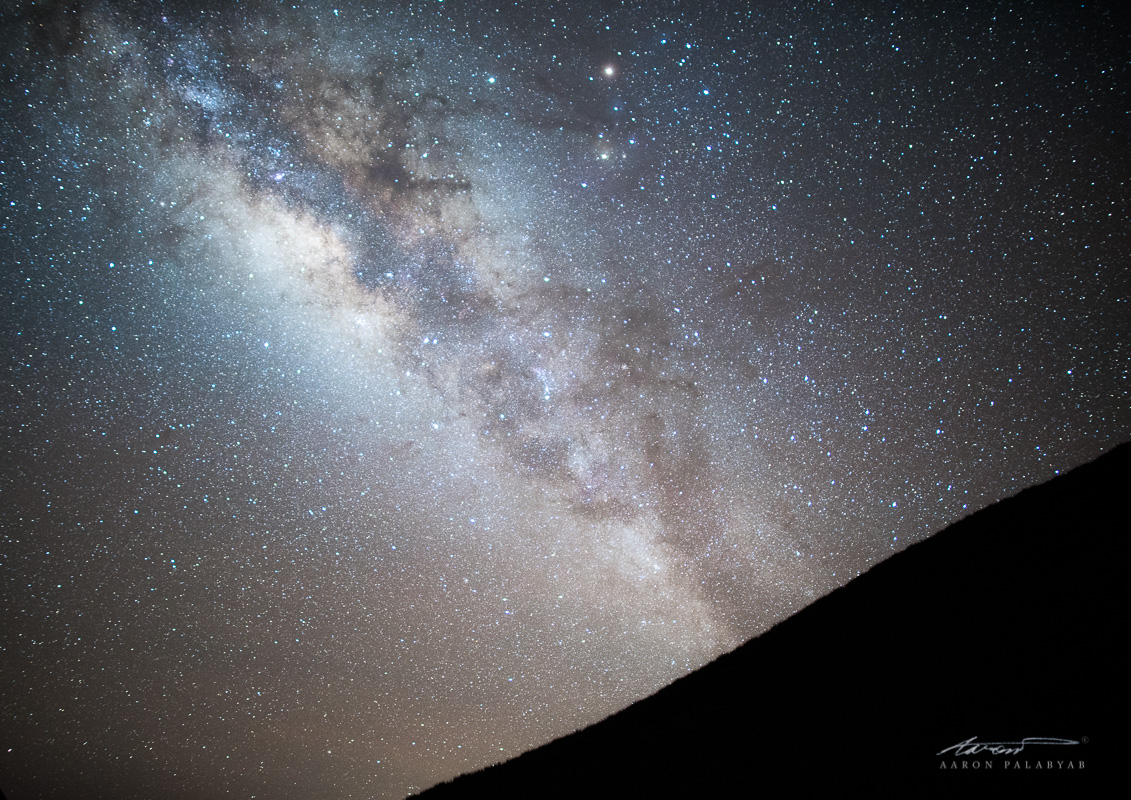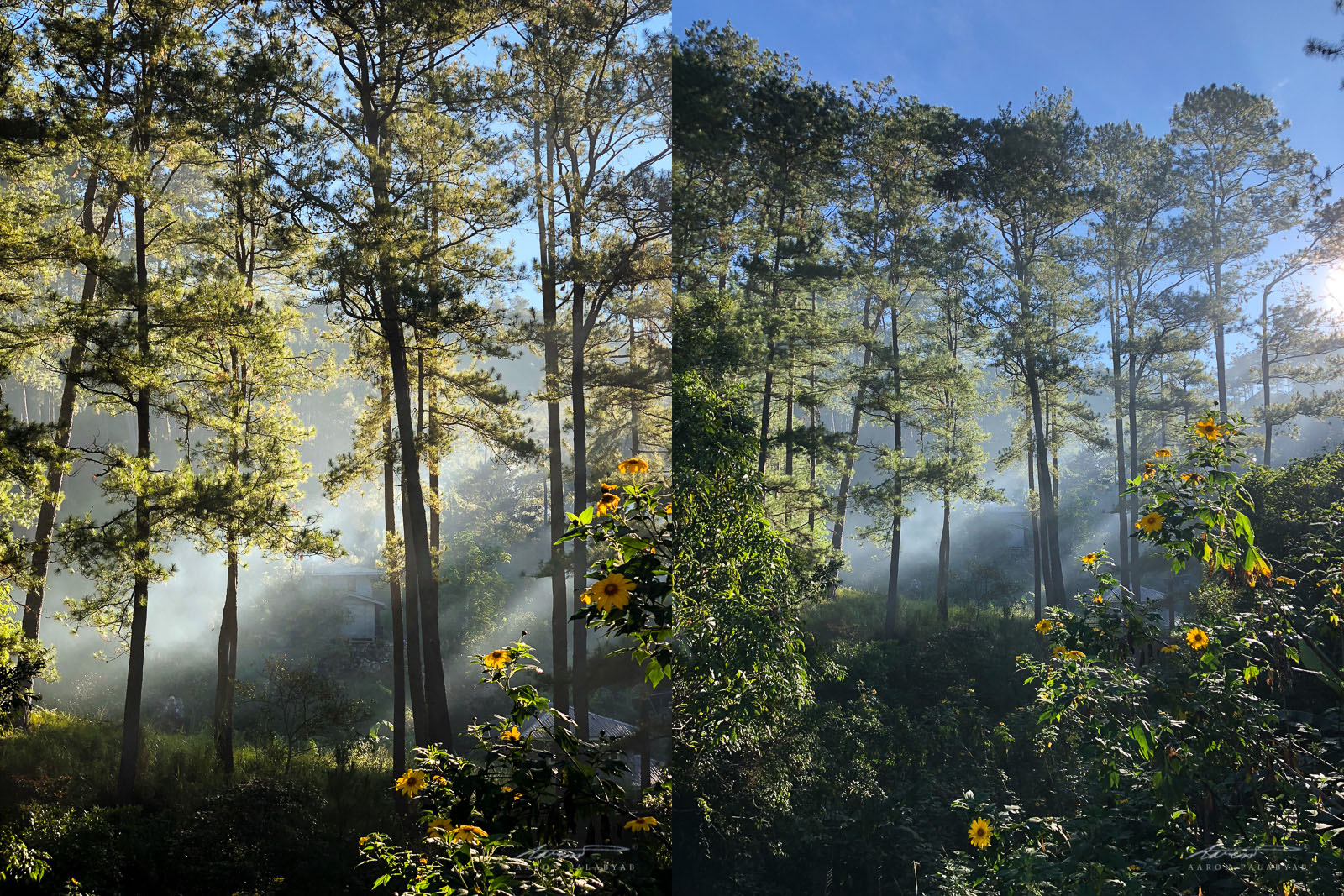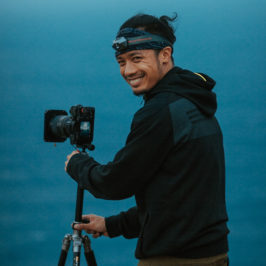
What camera should I buy? What lenses do I need?
Even after ten years as a professional filmmaker and photographer, I’m not immune to obsessing over gear. But here’s the truth: dwelling on gear is easy. Developing vision, refining technique, and producing a cohesive body of work takes time and effort. The latter will do more to advance your photography than buying more stuff will.
Here are five ways you can transform your photography from the inside out without spending a cent on gear.
1. Learn to see like a camera
Experienced photographers are able to see an image in their mind before even looking through the viewfinder. Ansel Adams called this process (of visualizing a photograph the way a camera would) “image management.”
The legendary photographer says in his book The Camera: “The photographic image… is flat and two-dimensional. It has borders that define what is excluded and what is not; its focus, content, and point of view are fixed at the moment of exposure. These… are very different from what we are accustomed to, and take for granted, in our visual contact with the world.”
He points out that “the novice photographer usually learns about the differences between camera and human vision through a series of disappointments (which can be called failures of visualization).”
A primary component of seeing like a camera is understanding how the distance between the camera and the subject (which is closely tied to focal length) affects the relationship between objects in the frame and creates differing impressions of depth and scale.

The same scene shot on the telephoto lens of the iPhone X (left) and the wide lens. Note the difference in perspective and emphasis between the two. The take on the left was one of my most popular photos on social media.
Another is learning to read the light—its source, direction, its softness or hardness—and understand the difference between the range from light to dark (called dynamic range) our eyes can perceive versus what different cameras pick up. A large sensor camera, like a DSLR, reproduces a wider dynamic range than a small sensor cell phone camera (without HDR); both lag behind our eyes in bright, high contrast conditions.
This often results in the over- or underexposed photos that confound beginners. Conversely, modern large sensor cameras can gather tons of light and see deep into the night while our eyes cannot, revealing unseen elements of visual interest, such as the colors of the Milky Way.

A large sensor camera (right) is able to deal more gracefully and provide more flexibility in post-processing than a small sensor cellphone camera (left) with the challenging, high contrast tones of a sunrise or sunset.
Seeing like a camera, in terms of distance and light, becomes instinctive with years of practice. With time, you can take one look at a scene and know if it will look good, or how to make it look good, on whatever camera you have.
2. Commit to a subject
With so much photography on our feeds, many of us have become used to even technically brilliant photography. The only way to stand out now is to own a niche. If you’ve built a solid technical foundation, the next step is to locate a subject you can obsess over for a period of time. Aside from practice, this gives you the opportunity to explore with depth instead of just making nice pictures.
All great photographers create bodies of work on specific subjects. This is an extremely small sample of contemporary ones I admire:
- Christina Mittermeier, marine conservation
- Chris Burkard, cold water surfing
- Reuben Wu, drone light painting of grand landscapes
- Lynsey Addario, war documentary
- Paweł Żak, still life
- Adrien Mauduit, deep-sky and astro time-lapse
- Michel Doultremont, wildlife
- Joshua K Jackson, street photography
- Marilyn Mugot, moody urban night photography
3. Get a portfolio review
As you improve, you will reach a point where although you feel good about your photography, you would benefit from getting an expert’s perspective on your work. A portfolio review from a credible industry practitioner (an editor, photographer, etc) will provide invaluable feedback that will help you figure out how to take the next step in your practice.
You can look into regional portfolio reviews, online reviews such as those offered in LensCulture competitions, or seek a connection with a local photographer whose work you admire. Whichever you choose, be humble, open, and respectful of their time.
4. Stop focusing on likes
Social media tends to reward a specific subset of photography: images that look good on a grid. This is limiting for an artist who wants to develop a voice. An addiction to likes can keep you grabbing at the short-term low-hanging fruit of posting single images instead of pursuing long-term, high-impact projects.
The kind of long-term work exemplified by the photographers in #2 results in both an excellent body of work and unique directions—both of which can eventually lead to large social media followings anyway.
5. Find inspiration in other art
Photography is a reflection of how you see. Don’t limit yourself to looking at photography. Exposure to other art can lead to developing a more distinctive vision: painting, films, installations, literature, and music, for example. Any art you can find that inspires you in some way inevitably informs your perspective, purpose, and aesthetic.
This inspiration can be direct, as with photographers who recreate famous paintings, or indirect, with one leading to another, and resulting in creative and unexpected projects.

